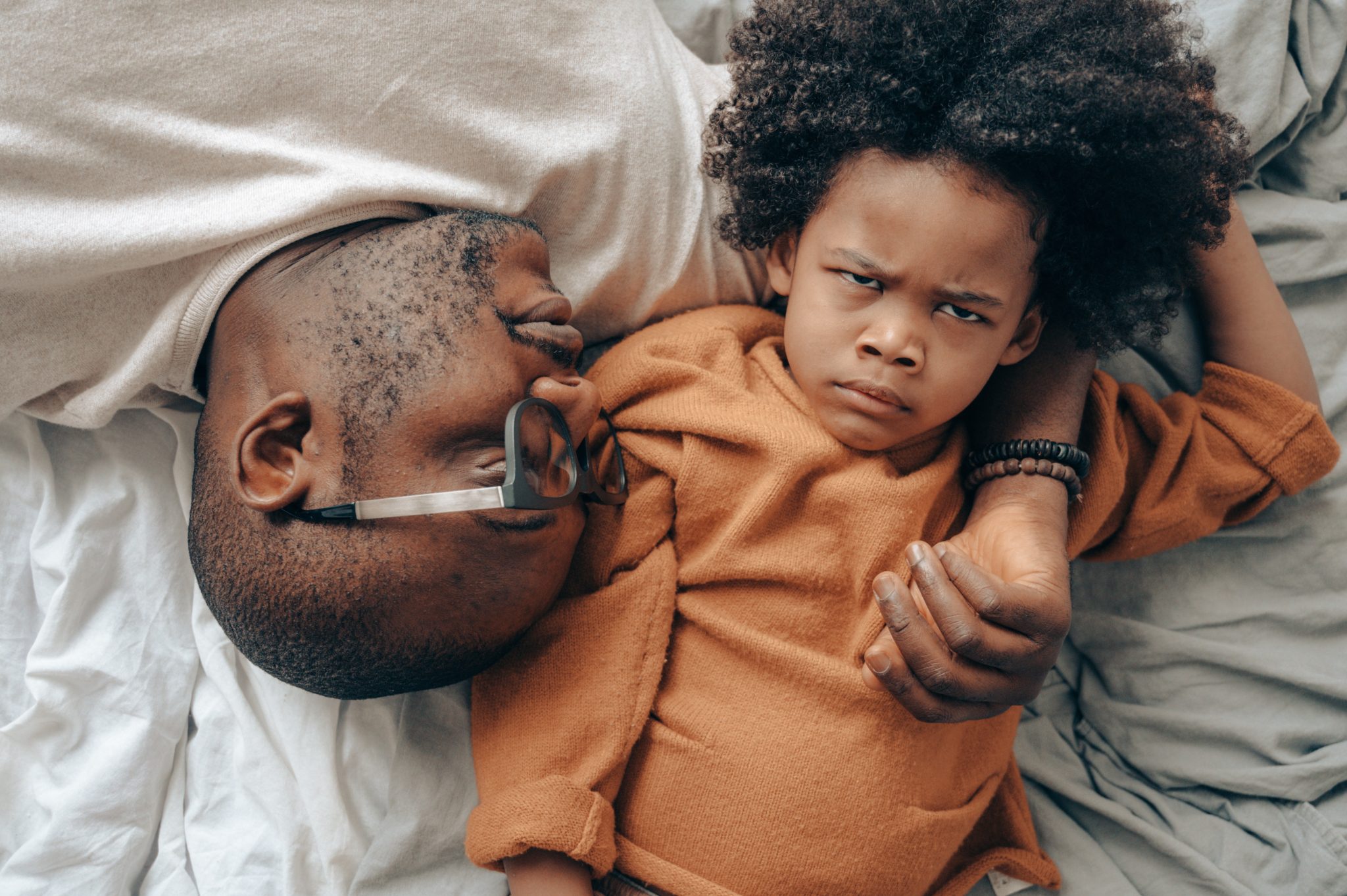The well-known statistic still rings true: about half of all first-time marriages in the United States end in divorce.
This stat increases in likelihood of subsequent marriages, reaching 70% for third-time marriages, according to a research-based article released by Forbes earlier this year. 61% of dissolved marriages involve children under the age of 18 living in the home.
What happens to the children whose parents choose to part ways?
For many years, the kids almost always ended up living with just one parent, typically the mom. But recent studies reveal a new trend is dramatically on the rise in the U.S.–joint physical custody. This means a child resides with each parent for an equal or significant amount of time.
A 2022 study released by Demographic Research revealed that the number of divorces ending in physical joint custody rose from 13% in 1985 to 34% in 2010. “Although the increase is steepest among high-income couples, it’s happening across the socioeconomic spectrum,” says Daniel Meyer, a social work professor at the University of Wisconsin at Madison who studies child custody.
How do the children fair who spend an equal or significant amount of time between two households?
A 2018 study released by the Family Process Journal reveals on average, children in shared arrangements tend to fare slightly better than those in sole custody on a variety of metrics, including life satisfaction, stress levels, and self-esteem. That being said, the majority of couples who share custody are usually better off financially, have higher levels of education, and have a more amicable relationship. This makes sense, considering it takes money to provide for a child and have consistent means of transportation.
While there are many advocates for joint physical custody and research shows the scenario is beneficial for children overall, it’s important to note in some situations—like if one parent is abusive or unstable, for example—sole custody is in fact what’s best for the child.
Since the 19th century, full custody has been generally granted to the mom. However, in America’s earlier days, fathers were automatically given custody of their children because they were seen more as property. As women began to take on a more domestic role, these social dynamics shifted. Today, custody battles rage on for years, even as joint custody becomes more common. The reason? America is built on the premise there can be two parents, but only one household. Therefore, joint custody is difficult to measure and researchers are confident children in joint custody homes are often reported twice- because they are living in two households. Benefits, such as tax returns and medical insurance, can only be granted per household, which assumes all children are part of only one.
What does this mean for the future of families in America?
Here are three things to consider around this new “two household child” reality.
- Policies, procedures, and systems need to change for joint custody children and parents to receive the support and benefits they need. While a two-parent household is supported as the most beneficial for children and communities long-term, separation and divorce will inevitably continue. With a better understanding of joint custody and the value it can provide for children, it’s in our nation’s best interest to reevaluate the current workings around child custody and divorce proceedings.
- Increased access to marriage education, therapy, and support could prevent some marriages from ending in the first place. Of course, custody wouldn’t be a topic of conversation if marriages were healthier. Supporting families begins with seeking to better understand what’s causing marriages to dissolve and providing assistance when possible. PewResearch and Forbes recently reported the number one reason for divorce was due to a lack of commitment in the relationship, with 75% of individuals saying they could no longer fulfill their wedding vows due to lack of desire and compatibility. Lack of commitment significantly surpassed infidelity and domestic abuse as reasons for divorce.
- Joint custody may provide a sort of remedy to the “fatherlessness” crisis our country has faced for the last century. According to 2023 data released by the Census, the proportion of children growing up with a resident dad is at its highest since 1989. Slightly more than three-quarters of children today (75.9%), or 54.5 million of our nation’s 72.3 million, can count a resident dad as a housemate. Decades of research show children who grow up with their dads being consistently present in their lives are more likely to thrive physically, emotionally, and socially than children who grow up without their dads.
There’s no point in ignoring the reality of two household children. While the complexities are obvious, it’s time to figure out a new path to support them. The answers will undoubtedly be complicated, but necessary nevertheless.
Lauren Hall is the President and CEO of First Things First and can be contacted at [email protected].









Thoughts? Leave a Comment